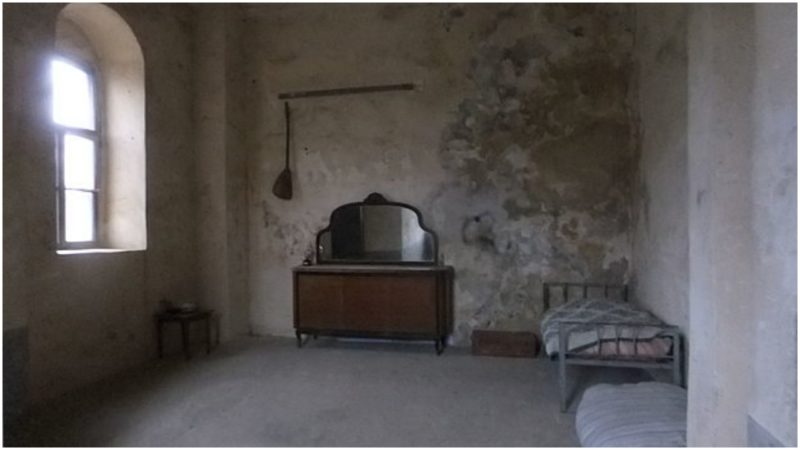Empty cells and cell blocks, long haunting corridors, ancient stone walls and a ghostly atmosphere. These are only a few characteristics of the former prison known as Sinop Fortress Prison (Sinop Kale Cezaevi) located on Cape Sinop on the coast of the Black Sea in the northern parts of the Turkish city of Sinop.
The prison was opened in 1887 in the old shipyard area within the inner part of an ancient fortress built in 1215 by the Seljuk Turks. It operated until 1997 when the prisoners were moved into a new modern prison. Escaping from it was practically impossible because of its tight security. In addition, the surrounding walls and the eleven high towers from the old fortress stymied even the most creative escape plans.
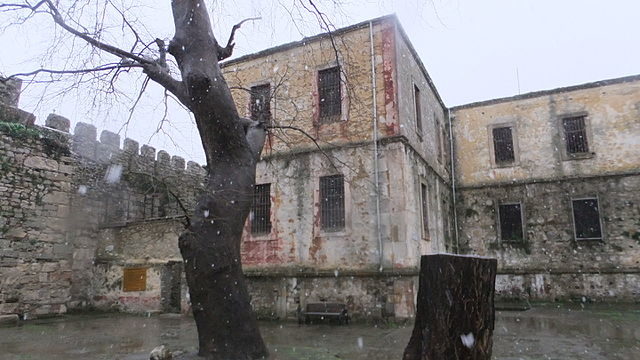
The birth of the fortress can be traced back to the 7th century BC. The area was one of the many Greek colonies that later was also ruled by the Persians and Romans. Today the presence of the many empires and civilizations can be recognized across many aspects and on many levels. Throughout the centuries, the fortress of Sinop was rebuilt several times by the various empires that controlled it. The mixture of the many cultures can be still seen on the fortress walls. When the Seljuk Turks rebuilt the fortress, they used crushed columns and stones from the walls of ancient temples as building material. Now on some of the fortress walls, pieces of ancient columns and other decorative carved stones with inscriptions on Greek and Arabic language can be seen. At the site, there is also an old dungeon with chains on the walls from the days when it was a mighty Ottoman fortress. It was, in the words of famous 17th-century Ottoman traveler Evliya Çelebi, “a large and frightening fortress.”
But the site not only has archaeological importance. The fortress prison is also significant to the history of modern Turkey and holds a special place in the collective memory of the Turkish people. During the 20th century, a great number of notable Turkish writers, poets, journalists, and intellectuals who criticized the authorities and the system were imprisoned in the fortress prison. Some of them even wrote their most famous works while serving sentences in the infamous prison.
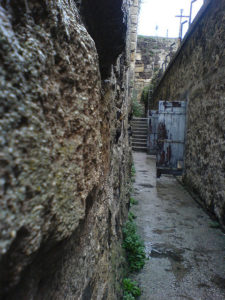
Today the site is a museum. At the entrance is located the visiting area, while the interior of the building is in a ruined condition. Next to the visiting area is the office building. Some parts of it, especially the interior of the warden’s office, the doctor’s office, the file room, the break room, and some parts of the former kitchen have been left as they were in the days of its closure and abandonment. Only minimum interventions have been made in order to preserve the precious items and relics of the recent past, which grants a fascinating essence to the grim ambiance.
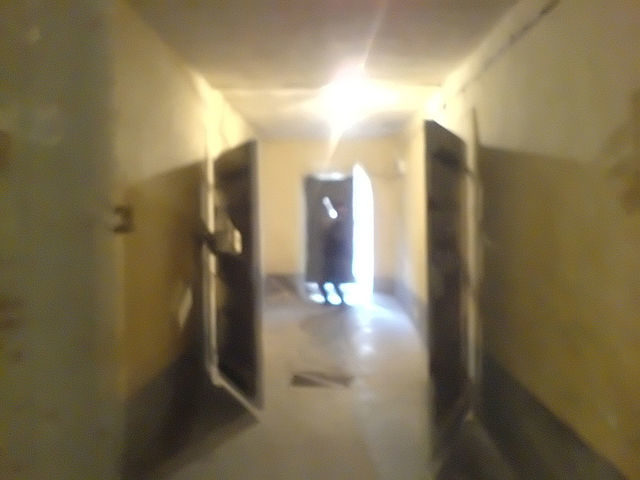
In the main building were the prison blocks. This building has two floors. There were small cells and larger cells for more prisoners. Later a hamam (Turkish bath) for the prisoners was erected next to the prison blocks. Outside of the main building was the recreational area where the workshop for handicrafts, the barber shop, and the mess hall were located. In 1939, an adjoining building with nine halls on two floors was constructed and served as a youth wing. The officials built a small prayer room in this wing because they wanted to help young people find their way back to God. Adjacent was the solitary confinement building with tiny cells that were in total darkness without any access to natural light.
The conditions in the prison were extremely hard for the prisoners. Because of the proximity of the sea, dampness was a big problem in the prison. The guards patrolled the top of the walls of the fortress 24/7, keeping a close eye on the prisoners. The towers of the fortress served as guard towers and there were also several guard houses. The outer walls had barbed wire for additional security.
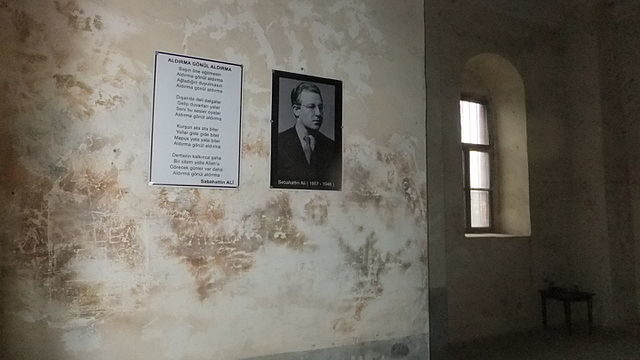
Quotes in Turkish from Albert Einstein, William Shakespeare, Mustafa Kemal Attaturk, and other famous and influential people were written on the walls, especially in the cell blocks, in order to encourage the prisoners to think deeply about their lives and to correct their mistakes and behavior in the future. The former prison was used several times as a filming location for Turkish movies. There are plans in future for the site to be developed into an art complex.
